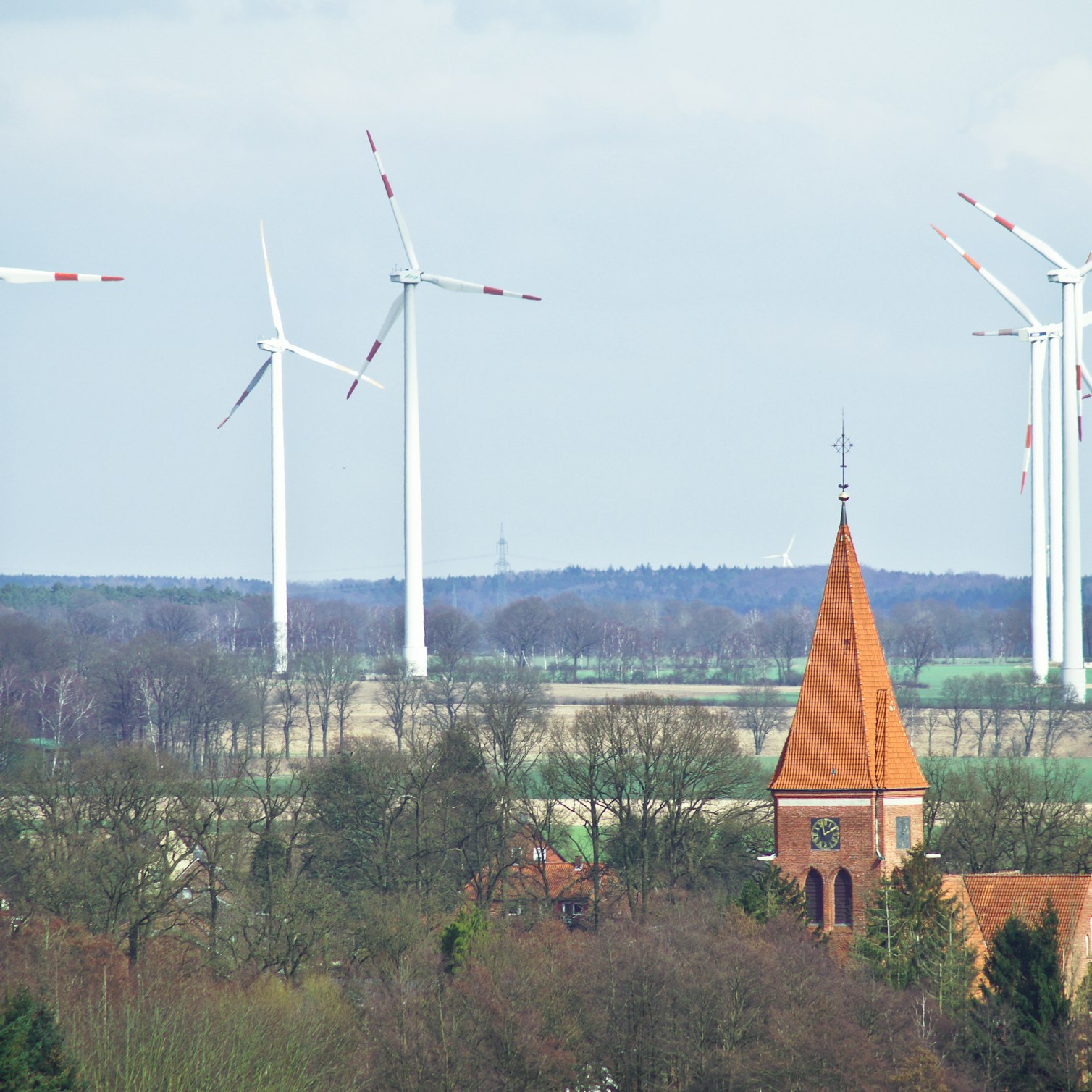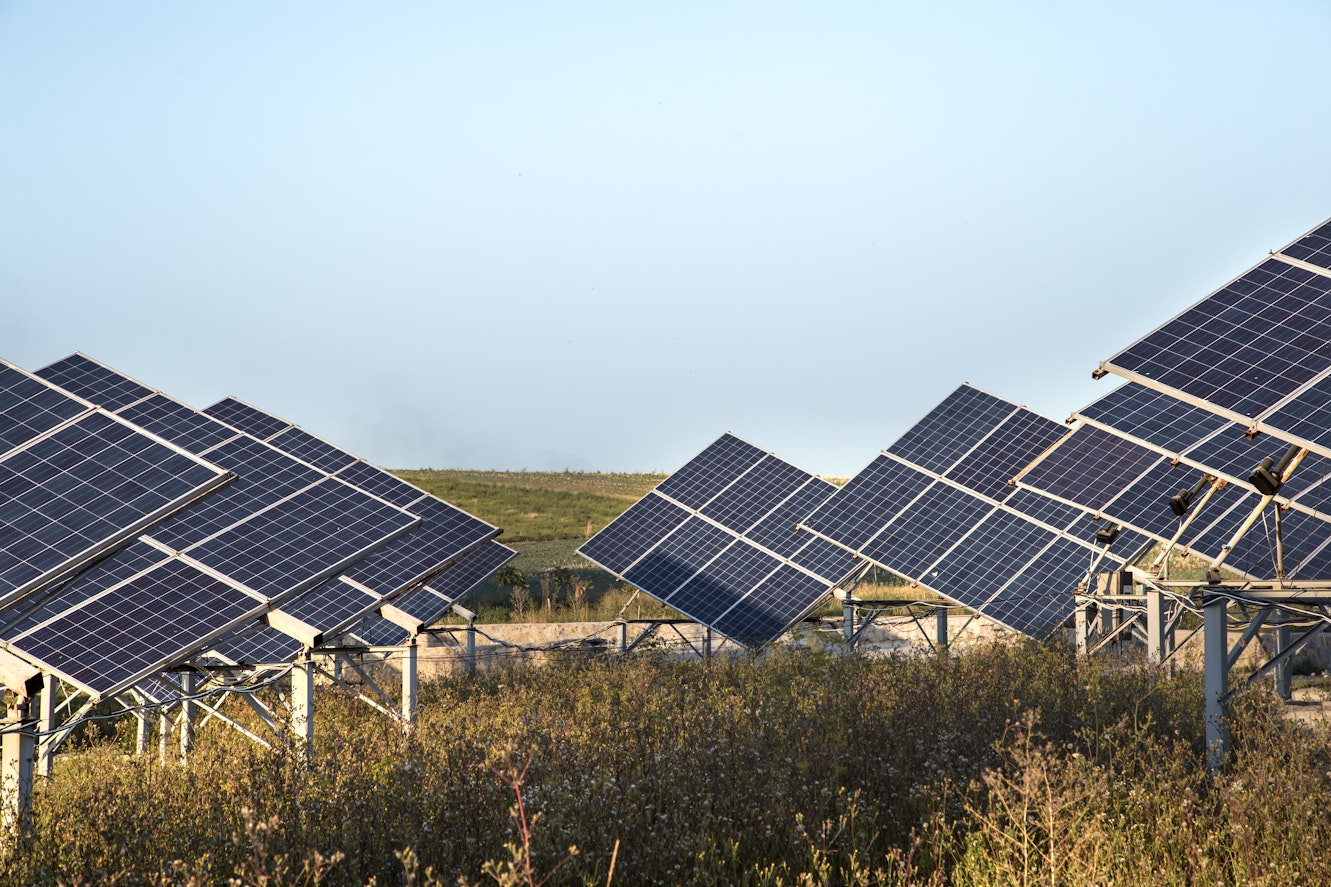- Solar energy blog
- Renewable success stories in Germany
Renewable success stories in Germany
Explore Germany's renewable success in wind, solar, and hydropower, plus market initiatives.


Mari�án Aúz
Account Executive DACH & Netherlands
Marián Aúz Villaverde is RatedPower's Account Executive DACH & Netherlands

Adopting renewable energy is no longer a nice to have. While some nations are finding it challenging to figure out what the switch to renewable energy looks like for them, other countries are pushing ahead with great success.
Germany, for example, has become a shining example of a country that is leading the charge towards renewable energy in Europe. In this blog, we’ll be taking a look at some of the biggest renewable success stories from Germany in the past few years.
Looking for global trends around preferred modules across regions? Download our latest 2024 Trends: Renewable Energy & Solar Research Report to gather insights, stats, and opinions on the current state of the renewables sector. The report draws from an industry survey and analysis of solar simulations carried out on the RatedPower Platform.
The German energy market
Germany is the largest energy consumer in Europe, amounting to 11,769 Petajoules as of 2022. The German Federal Ministry for Economic Affairs and Climate Action states that 40% of their electricity consumption comes from renewable sources, though they note that the majority of this comes from weather-dependent energy sources such as wind and solar.
Energy generation from renewable sources has also risen, accounting for almost 60% of public net electricity generation in 2023. This is due in part to the record-breaking newly installed PV capacity of 14 GW in 2023, a figure which far exceeded the government target of 9 GW.
The electricity mix has changed in recent years due to efforts to phase out nuclear energy usage. As of 2022, mineral oil was still the most important energy source with a share of 35.5%. Natural gas was not far behind with a share of 23.7%. Lignite was down to 9.9%, and hard coal took a 9.8% share. Despite efforts to phase out coal usage, these plans have run into complications.
Germany is a big energy exporter, with the highest installed power plant capacity in Europe. The nation shares its electricity with nine direct neighboring countries: Denmark, the Netherlands, Luxembourg, France, Switzerland, Austria, the Czech Republic, Poland, and Sweden (via a submarine cable). In 2018, Germany exported around 82.7 billion kWh of electricity to its neighbors while importing 31.5 billion kWh.
The country’s greenhouse gas emissions have dropped by over 40% compared to recorded levels in 1990. The plan moving forward is to bring that number down to 65% by 2030 and 88% by 2040. These are ambitious goals, but they are not out of the question given Germany’s success in the renewables space already.
If you want to take a closer look at the German energy sector, the country’s push towards renewables, and the outlook for the future of German green energy download our eBook: The State of Green in Germany.
Germany's renewable success stories
2023 was a record-breaking year for Germany as it continued to ramp up its renewable energy efforts. The country has taken significant steps forward with its energy transition and 2023 marks the first year with over 50% of its electricity coming from renewable energy. Targets are already being met and, in some cases, exceeded, setting a brilliant example for other European nations.
Let’s look at some of Germany’s wins within the renewable energy space.
Renewables covered almost 60% of Germany’s electricity generation
Analysis by the Fraunhofer Institute for Solar Energy Systems ISE found that renewables accounted for 59.7% of net public electricity generation in Germany in 2023.
Contributing factors to this success include increases in electricity generated by wind and the significant expansion of PV facilities. Wind power accounted for 32% of the public net electricity generation, a rise of 14.1% compared to 2022. Despite this success, the expansion of wind energy is still behind the government’s plans.
Hydropower also played a more significant part in 2023, with an increase from 17.5 TWh to 20.5 TWh, though installed capacity has remained roughly the same.

Renewables in Germany reached almost 170 GW of installed capacity
Preliminary figures from the German Federal Network Agency (Bundesnetzagentur) show that renewable installed capacity increased by 17 GW in 2023, bringing the country’s total to just under 170 GW—a 12% year-on-year increase.
This has been led mainly by a sharp increase in solar capacity, as well as increases in wind power. Solar alone accounted for 81.7 GW of installed capacity, with Bavaria leading the charge with 3.5 GW. Plug-in balcony solar panels are also helping to increase capacity, with 260,000 registered modules in 2023.
Over 1 million solar installations in 2023
Germany hopes to make solar PV one of its central energy sources as it increases its renewable energy efforts. 2023 significantly pushed the country towards that goal, with new panels installed in 2023 accounting for 14 GW as Germany gained over 1 million solar installations.
This was an 85% increase compared to the 7.5 GW from installations in 2022, and the total number of PV systems rose to around 3.7 million. This growth is expected to continue, as 19 GW of new capacity per year will be required to reach the 2030 target of 215 GW.

New auction ceilings to create a more sustainable market for renewables
In order to protect renewable energy efforts, the Bundesnetzagentur has taken steps to protect the renewable energy market and ensure it remains sustainable. As part of these efforts, they have announced price caps for PV and wind power tenders for 2024.
The agency set ceiling prices of €0.0735/kWh for onshore wind farms and €0.0737/kWh for ground-mounted PV systems. They hope this will create a reliable framework for auctions, and that the lower level will enable adequate bids. They also noted that there were no significant additional bids above a value of €0.1050/kWh, which is the ceiling price for rooftop PV, in the last round of tenders in 2023.
Solar energy is one of the most prominent tools we have when it comes to improving our renewable energy efforts. At RatedPower, we want to empower businesses to design utility-scale solar PV plants quickly and efficiently to ensure a strong ROI on each installation.
By giving businesses the tools to create highly effective and profitable PV plants, we can
increase the number of companies entering the renewable energy sector and protect our earth with sustainable energy. Request a demo today to see how RatedPower can help you.
Latest stories
Related posts
Technology and engineering
Innovation in renewable energy: Developments expected in 2025
We look at the 10 biggest renewable industry developments that are making a green future possible, including perovskite solar cells, green hydrogen, and more.
Updated 18 MAR, 25

Market analysis
Breaking down solar farm costs: Free template inside
Updated 27 SEP, 21

Market analysis
Solar energy in Australia: a 2021 market analysis
Updated 11 MAY, 21

- RatedPower
- Solar energy blog
- Renewable success stories in Germany

